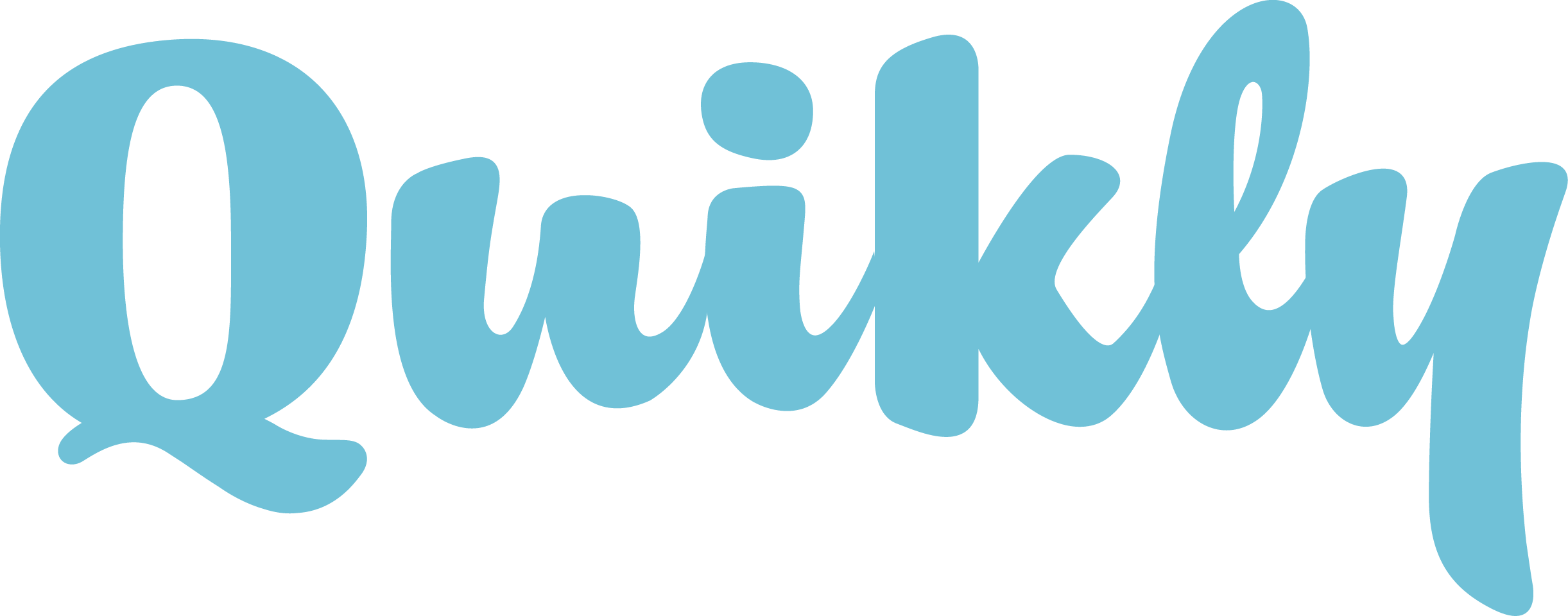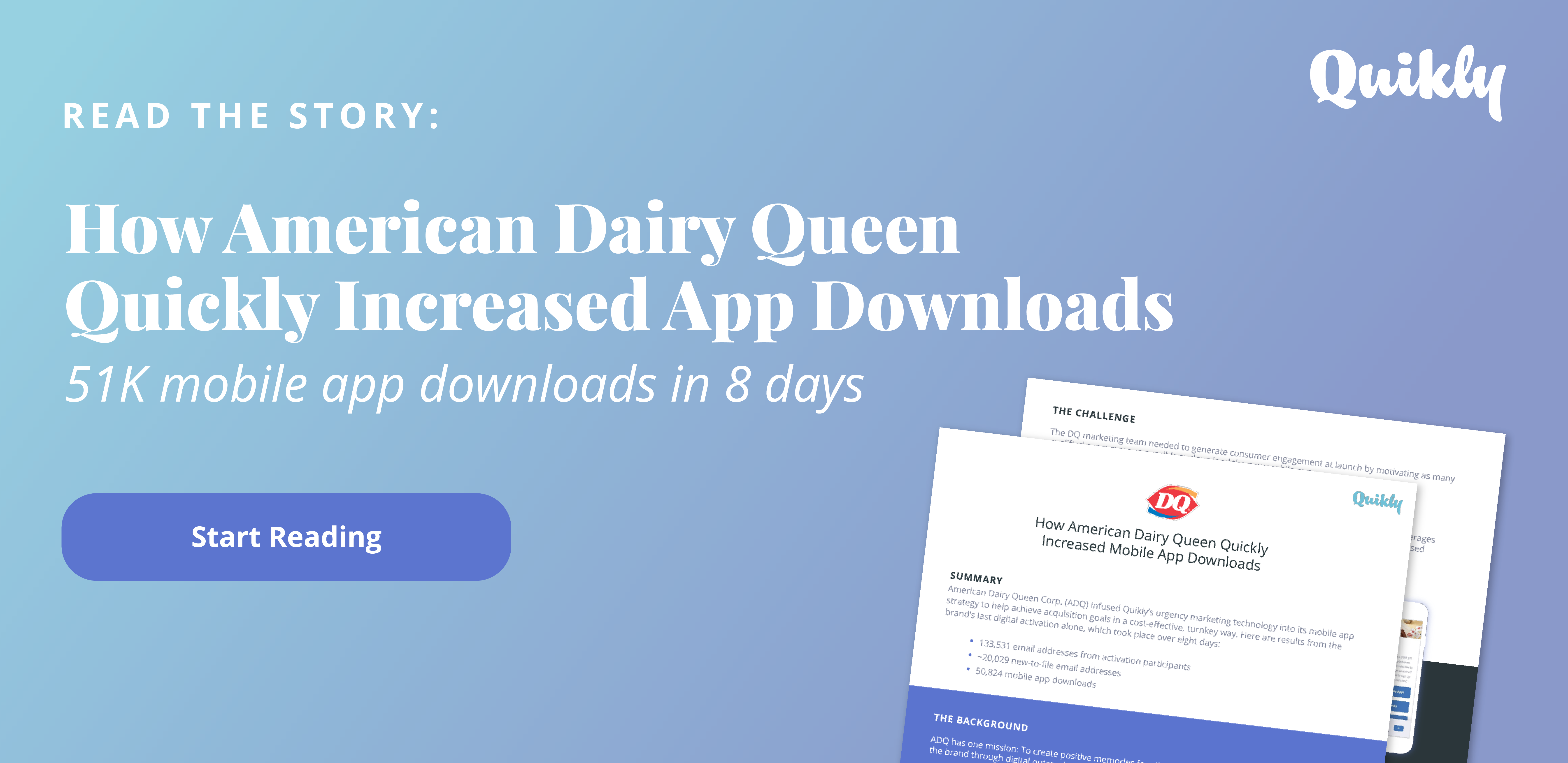10 Urgency Marketing Tactics
Damoni Higgins
Brand Journalist

Picture this: You’re sitting at home shopping online. You're trying to buy something for yourself — maybe technology, apparel or even food. You find a 50% off discount. However, this discount is only available for the next 22 hours, and near the purchase button it tells you that ordering it within three hours will allow you to get free shipping.
This is an example of urgency marketing, or crafting marketing promotions in a way that drives immediate consumer response. As a brand, you’re familiar with this strategy. You likely already use it. But do you know just how many tactics fall into this category? And what types of flaws come along with their benefits?
Urgency Marketing Tactics
1. Limited-time offers
This tactic can range from flash sales or limited-time discounts to anything that consumers need to purchase under a time limit. A very popular example is Black Friday. The sales on Black Friday are usually attractive to consumers, and the limited amount of time they’re available compels people even more. You have most likely run several Black Friday promotions.
You wouldn’t be wrong to think that this tactic is very effective, but like a lot of the tactics on this list, there are challenges to consider. Of course, the risk with all promotions is that customers may end up expecting discounts regularly and decide to delay a purchase until a sale. This removes the reason to buy products at full price to begin with, which can negatively affect sales. Also, with so many brands using limited-time offers, it can minimize the urgency of your offer, because consumers may want to seek other options. Be sure to space your limited-time offers and make them as appealing as possible in order to stand out.
2. Reviews
Did you know that offering reviews to your audience in order to increase interest is a form of urgency marketing? Many consumers will look at reviews first before making a decision. Having someone’s firsthand experience can make it easier to come to a decision. It leverages social proof and can even cultivate FOMO around products consumers feel like they need — each of which encourages urgency.
Of course, there's no guarantee that the reviews will be not only positive but also reflect authenticity. In other words, reviews can result in very unpredictable feedback. And although some negative reviews can be seen as a positive, those that are overly negative or inauthentic can be detrimental, as bad reviews can drive away consumers and make them skeptical to recommend your brand to other people.
3. Email marketing
As you know, email marketing allows your brand to directly contact consumers — for limited-time offers, new products and discounts, for example. Although this channel is growing in saturation, many people still check their emails all the time, making the outreach of this tactic highly effective.
That saturation is also what presents challenges with email marketing. For one it is very likely that someone will miss an email entirely. You also run the risk of promotional emails being flagged as spam. This nearly destroys the discoverability of your emails as many people don’t have an incentive to check their spam section. Even when they do, a lot of spam can be perceived as scams if your company isn’t very reputable to that person. Quality, relevant emails help.
4. Website popups
Popups are another tactic that can be very effective, especially when they involve incentives. They are seen on many brand websites today, promoting activities like email/SMS signups and also flash sales.
Popups can be very intrusive to someone’s browsing experience. It's very common for people to ignore or even block popups as they appear on the screen. Depending on the way your pop ups are implemented as well, some Web engines will completely block them due to option settings consumers may have turned on. Keep this in mind as well if you decide to employ this tactic.
5. Push Notifications
This tactic uses smartphone notifications to inform consumers of new information. This is a very powerful tactic that allows consumers to be constantly updated with information on sales, discounts, events and more. Many brands send push notifications from time to time to consumers who have downloaded their app and opted in to notifications. As mobile phones are used very heavily by millions around the world, it’s a very effective platform to get promotions to potential consumers.
Although this can be very effective, the fact that consumers need to opt in for notifications can be a flaw in this tactic. If someone were to choose to not get notifications at all, you may be losing out on communicating with more consumers. You need to be diligent in using other tactics alongside this in order to make up for this fact.
6. Social Media
With the constant rise of social media year after year, it makes it a perfect place for marketing. This tactic makes use of social media to promote products and drive engagement with urgency. This is very commonly seen in giveaways, contests and limited-time offers that are promoted on social media platforms.
However, this tactic can be a double-edged sword. Although the outreach using social media is extremely large and cannot be ignored, you run the risk of being in constant competition with other companies that are doing very similar things. The algorithm of social media sites are very heavily catered to a users interest so it can be even harder to attract people who haven’t been in tune with the existence of your product.
7. Gamification
This tactic helps drive user engagement through more interactive elements. Adding things like progress bars, achievements, perks and badges can help consumers be more and more interested in your product and motivate them to want to consume more. It can also create healthy competition among consumers, which helps drive engagement even more. An example of this is a Web page that gives consumers rewards based on the number and value of their purchases. Something like “Spend $100 on __ to get ___'' is a perfect example of this, as it creates an incentive to buy more products.
However, your consumers may have mixed reception of this. Some people might not be interested in these elements and would rather not engage with them at all. Correctly identifying your target audience with these elements is imperative in making it effective.
8. Limited-quantity notifications
This strategy is similar to limited-time offers, but is more direct. It notifies consumers of limited stocks for your product through email, phone notifications or any other way you connect with them. It's quick, it's straightforward, it's effective and it's something that will immediately have consumers asking questions and grab their attention. This is even more effective if there's an actual number attached, giving consumers a concrete limit. Many online marketplaces tell you the amount of stock left, which can make many consumers spring into action.
At times, this can be perceived as manipulative by consumers and they may not want to endorse it by buying the product. You must provide your consumers with transparency while using this tactic in order to ease their fears and frustrations.
9. Retargeting
This tactic allows you to pinpoint exactly what your consumers want by taking note of their past interests through targeted ads. These ads can utilize limited-time offers and discounts off of the things consumers would be most likely to purchase, in order to create even more engagement.
However, this tactic can lead to some consumers being burnt out by ads. If this comes to be a constant and widespread issue, a reevaluation in the targeting process may be the best move.
10. Interactive Quizzes and Surveys
This tactic uses things like quizzes and surveys to drive interest in your brand as well as to get a good grasp on your customers' interests. Typically, this tactic involves things like special discounts or gifts when completing the surveys, which will attract consumers even more to the idea of completing it. Make sure to make completion as appealing as possible for the best results.
A problem that can arise from this tactic, though, is through user engagement itself. Some consumers can see your surveys as busywork and would rather not complete the survey because of that. Making your survey more visually appealing, concise and making the benefits more clear can help.
There you have it: Ten urgency marketing tactics you can use to reach your consumers. Although they may have flaws, that should not deter you from using them. If implemented correctly, these tactics will have a very substantial impact on marketing for your brand. Be sure to explore the best ways they can support you in the long run.
**
Quikly's technology combines many of these tactics into turnkey digital experiences to motivate consumers in healthy, fun ways. Learn more:
Damoni Higgins
Damoni Higgins

